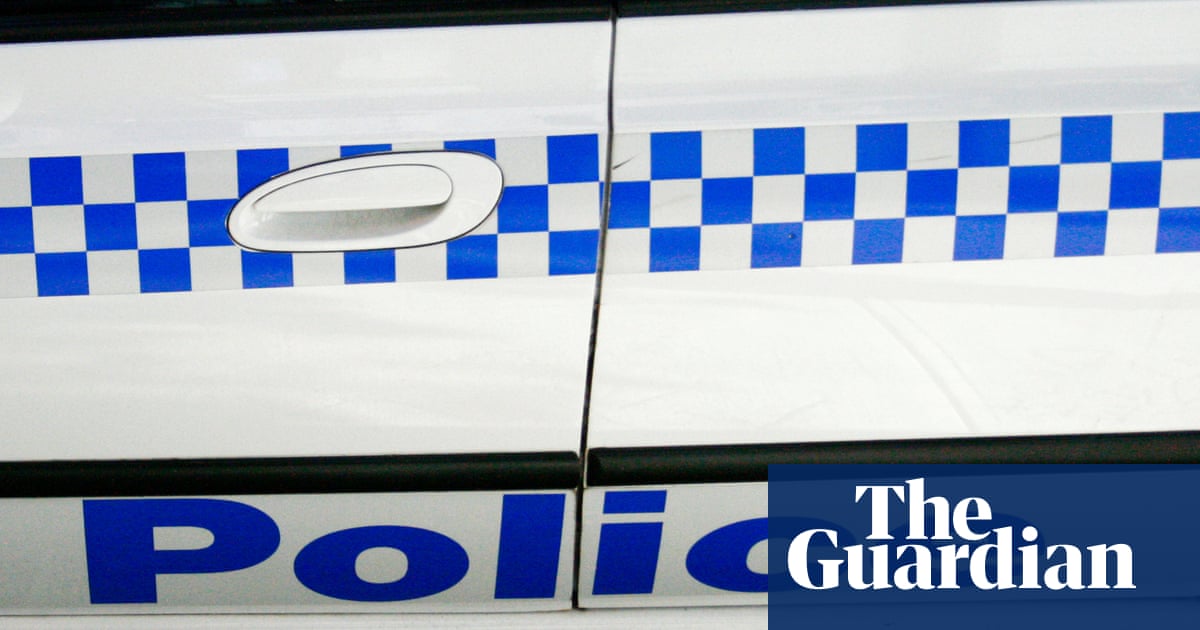ANew South Walespolice officer’s decision not to call an ambulance after an Indigenous man was found self-harming in a prison cell was driven by “unconscious racism”, the police watchdog has found.
The Law Enforcement Conduct Commission (Lecc) released its report on the incident on Monday. It found that the senior police officer – who was custody manager responsible for detainee welfare – had engaged in “serious misconduct”.
The report found the officer had been driven by “unconscious racism” because he treated the Indigenous man as if he was deliberately engaging in poor behaviour, rather than it being symptomatic of a mental health impairment.
“He was inherently sceptical about an Aboriginal person’s claim to have a mental health impairment. [He] considered it likely that many of the Aboriginal people he encountered as a police officer were fabricating their impairment,” the commission said in its report released on Monday.
“It is a demonstration of the way in which an unconscious racism can permeate police decision-making.”
The commission did not state where or when the incident occurred but said it was in a regional town with a “significant Aboriginal population”.
The report said the police knew the man, known as CAE, had a serious mental health condition and a history of self-harming in custody.
Sign up for Guardian Australia’s breaking news email
CCTV footage on the day showed CAE had repeatedly self-harmed by banging his head. He had visible head injuries, the Lecc report said.
Four officers were on duty at the time, including the officer found guilty of serious misconduct. He was the most senior officer and had been in the force for 16 years. He had worked in the particular community for four years.
The watchdog reported that the sound of CAE banging his head was loud enough that it could be heard in other parts of the police station. Yet the officer, known as EAC1, had “made little attempt to stop it”.
The sound led officers on duty to enter the custody room to see what was happening. The report said those officers suggested that the custody manager call an ambulance but he had decided not to.
“Officer EAC1’s decision not to call an ambulance was influenced by the fact that he thought CAE was ‘bunging on’ his self-harm in an attempt to be taken to hospital and not into correctional custody,” the report said.
“Officer EAC1’s view was that Aboriginal people in the regional town community often attempted to manipulate the system in this way.”
Despite a large visible lump on CAE’s head, EAC1 had the man transferred in the back of a police vehicle’s cage to a city police station, which took more than an hour.
Sign up toBreaking News Australia
Get the most important news as it breaks
after newsletter promotion
“CAE was hitting his head with such force that it shook the police vehicle, whilst the vehicle was travelling at 110km/h along the highway,” the report found.
The police watchdog’s commissioner, Anina Johnson, said: “The custody manager’s views and actions do not match the standards set by the NSW police force in its Aboriginal strategic direction, where the force has committed to calling out racism, discrimination and bias.”
The report followed two other investigations by the watchdog –Operation MantusandOperation Pamir– which found custody managers had failed to fulfil their duties while managing vulnerable people in custody.
The latest report made only one formal recommendation. The commission recommended the Police Act be amended so that a police officer could be charged for neglecting or refusing to obey a lawful order within 12 months of the alleged offence occurring. This now stands at six months.
It did not recommend changes to the force’s mental health and Aboriginal cultural awareness training but said face-to-face training should be considered.
The commission found that while EAC1 had undertaken training on appropriate responses he had a limited memory of the training in two online training modules.
The watchdog said it had attempted to contact CAE for the investigation but was unsuccessful. “Regrettably, this report was therefore prepared without the voice of CAE.”
